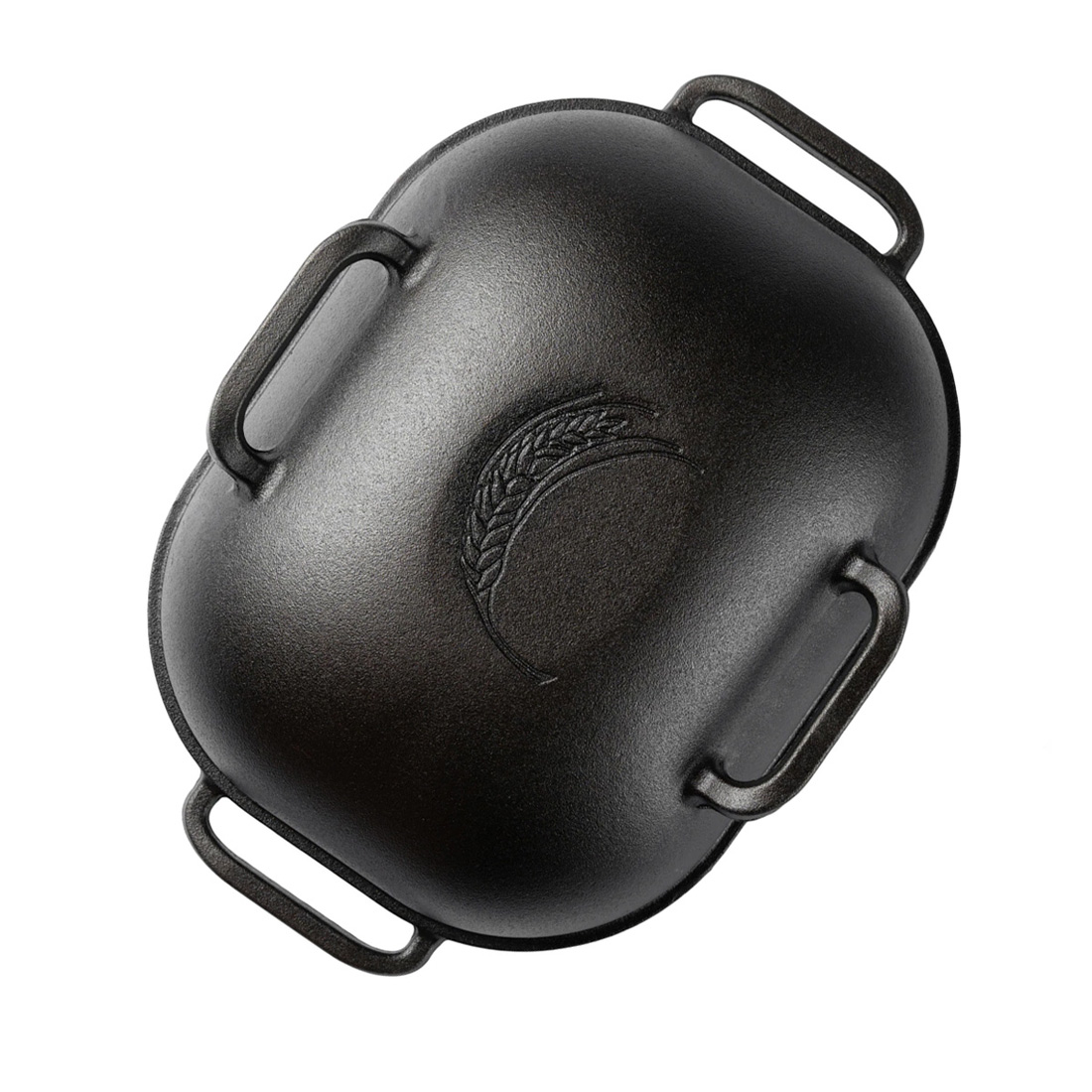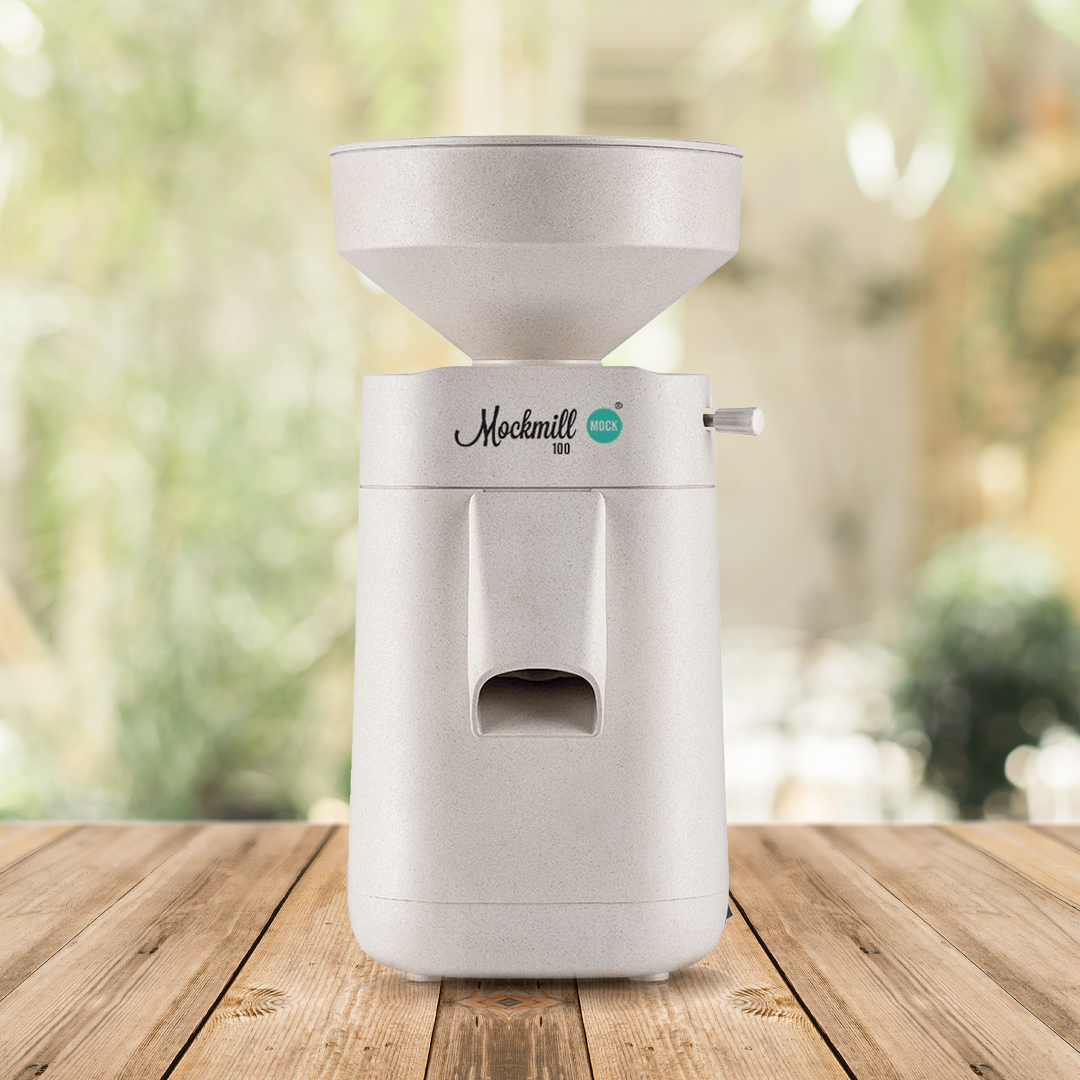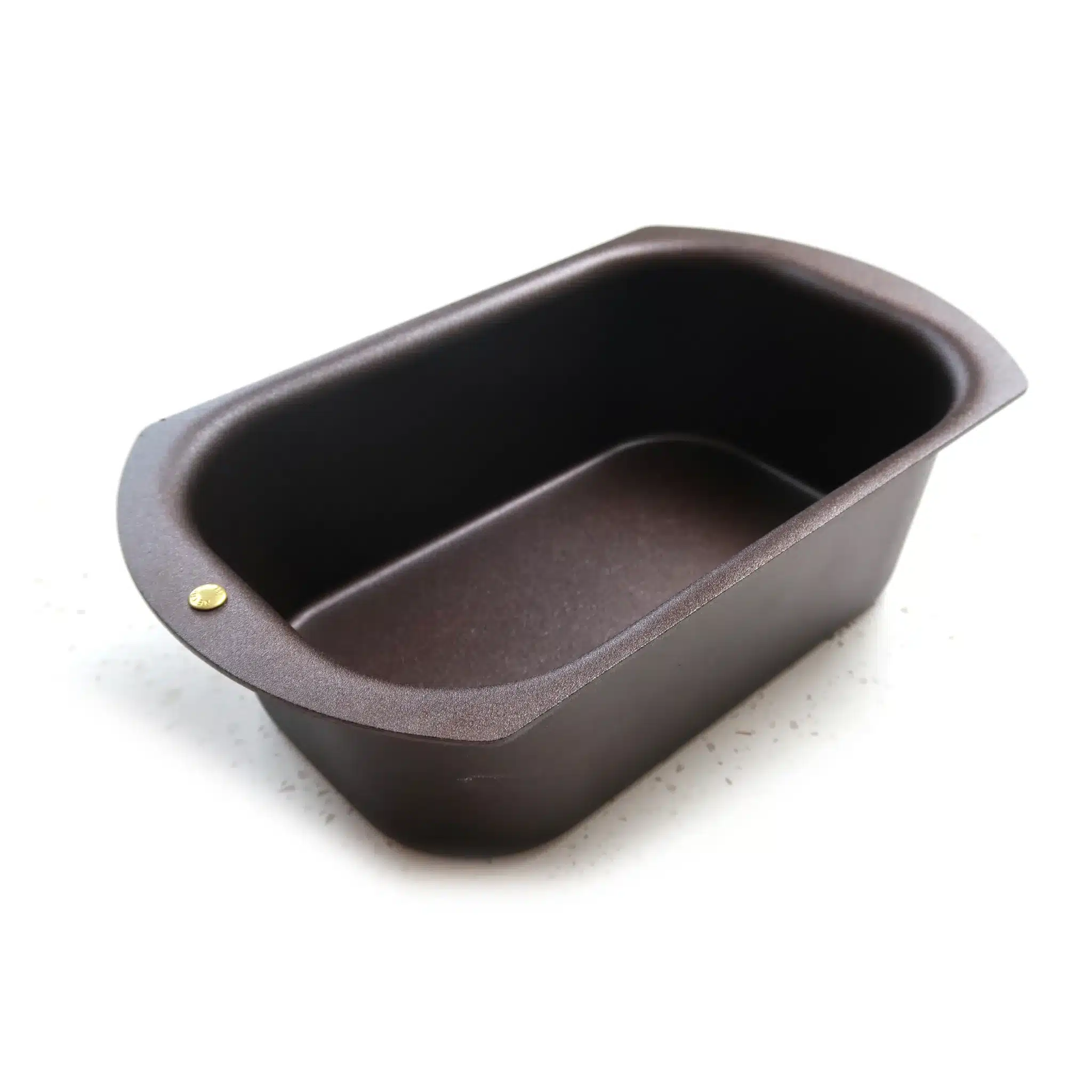Quick Answer: Best Grain Mills UK 2025
- Best Overall: Mockmill 100 – Compact, quiet, stone burr quality (£350-420)
- Best Value: Hawos Manual Mill – Durable, no electricity needed (£180-250)
- Best Premium: Mockmill Professional – Professional quality, precise (£480-550)
Introduction to Grain Mills
Understanding Different Types of Grain Mills
Stone Burr Grain Mills
Stone burr mills use two grinding stones that slowly crush grains between them. These mills are the traditional choice for serious bakers because they produce exceptionally fine, consistent flour without generating excessive heat.
The stones are naturally self-sharpening, which means they maintain their grinding efficiency over years of use. Stone burr mills excel at producing everything from coarse meal to ultra-fine flour, making them incredibly versatile for different baking projects. They work beautifully with wheat, spelt, rye, and other hard grains.
The main advantage is flour quality – stone grinding preserves more nutrients and creates better texture for bread making. However, these mills tend to be slower and require more patience during the grinding process.
Steel Burr Grain Mills
Steel burr mills operate similarly to stone mills but use precision-machined steel burrs instead of stones. They’re known for their consistency and ability to produce uniform particle sizes, which is crucial for professional-quality baking results.
These mills offer excellent adjustability, allowing you to fine-tune your flour texture from coarse to pastry-fine. Steel burrs are particularly effective for oily grains like flax seeds and nuts, which can sometimes clog stone mills.
Steel burr mills typically grind faster than stone mills and are easier to clean. They’re an excellent choice if you prioritise speed and precision over traditional stone-ground texture.
Impact Grain Mills
Impact mills work differently – they use high-speed rotating blades to pulverise grains into flour. Think of them as powerful, specialised blenders designed specifically for grain milling.
These mills are incredibly fast, producing flour in seconds rather than minutes. They’re also generally more affordable than burr mills and can handle a wider variety of materials, including beans and dried vegetables.
However, impact mills can be quite noisy and may generate more heat during grinding, which can affect flour quality. They’re best suited for occasional use or when you need flour quickly for immediate baking.
Manual vs Electric Grain Mills
Manual grain mills require hand-cranking but offer complete control over grinding speed and texture. They’re perfect for small batches, emergency preparedness, or when you enjoy the meditative process of hand-grinding flour.
Electric mills provide convenience and speed, making them ideal for regular baking or larger families. They can handle bigger batches with minimal effort, though they do require worktop space and access to electrical sockets.
Consider your physical capabilities, kitchen setup, and how frequently you’ll use the mill when deciding between manual and electric options.
Key Features to Consider When Choosing a Grain Mill
Grinding Mechanism and Flour Texture Options
The grinding mechanism directly impacts your flour’s texture and quality. Burr mills (stone or steel) provide superior control over particle size, while impact mills offer speed but less texture precision.
Look for mills with adjustable settings that let you create everything from coarse meal for porridge to fine flour for delicate pastries. The best mills offer clear markings or numbers on their adjustment mechanisms, making it easy to replicate your preferred settings.
Capacity and Throughput
Consider both hopper capacity (how much grain it holds) and flour output rate (how quickly it processes grain). A larger hopper means less frequent refilling, while faster throughput saves time during big baking sessions.
For most home bakers, a hopper that holds 2–4 cups of grain is sufficient. If you bake frequently or have a large family, look for models with 6-cup or larger hoppers.
Noise Level and Dust Control
Grain milling can be noisy, especially with impact mills. If you live in a flat or have noise-sensitive family members, prioritise quieter burr mills or models specifically designed for reduced noise.
Flour dust is another consideration – it can trigger allergies and create cleanup challenges. Look for mills with enclosed grinding chambers and dust collection systems to keep your kitchen air clean.
Size and Suitability for Small Kitchens
Modern kitchens often have limited worktop space, so size matters. Measure your available storage area before purchasing, and consider whether you’ll leave the mill out permanently or store it between uses.
Compact electric mills and manual models are excellent for small kitchens. Some electric mills are designed to fit under standard wall units, while manual mills can be stored in cupboards or larders.
Ease of Cleaning and Maintenance
Regular cleaning maintains flour quality and mill performance. Look for mills with removable hoppers, easy-access grinding chambers, and smooth surfaces that don’t trap flour particles.
Some mills are designed for dry cleaning only (using a brush), while others can handle light washing of certain components. Check manufacturer guidelines before purchasing if easy cleaning is a priority.
Price Range and Affordability
Grain mills range from under £80 for basic manual models to over £500 for premium electric mills. Consider your budget alongside your intended use frequency and required features.
Entry-level electric mills around £180–280 often provide excellent value for regular home baking, while premium models offer enhanced durability and features for serious enthusiasts.
Grain Mill Comparison and Statistical Overview
Comparison Table of Top Grain Mills (2025)
| Brand/Model | Type | Motor Power | Capacity | Noise Level | Price Range | Key Features |
|---|---|---|---|---|---|---|
| NutriMill Classic | Impact Electric | 1.25 HP | 5 cups | High | £220-280 | Fast grinding, adjustable texture |
| Mockmill 100 | Stone Burr Electric | 360W | 2 cups | Low | £350-420 | Compact design, quiet operation |
| WonderMill | Impact Electric | 1.25 HP | 4 cups | Medium | £250-300 | Dust control, easy cleaning |
| Hawos Grain Mill | Manual Burr | N/A | 1-2 cups | Very Low | £180-250 | Hand-crank, durable construction |
| Komo Fidibus | Stone Burr Electric | 360W | 2.5 cups | Low | £480-550 | Premium build, precise adjustment |
Stone vs Steel Burr vs Impact Grain Mills: Pros and Cons
| Mill Type | Pros | Cons | Best For |
|---|---|---|---|
| Stone Burr | Superior flour texture, self-sharpening, versatile | Slower grinding, higher cost | Serious bakers, bread making |
| Steel Burr | Consistent results, easy cleaning, precise | May need replacement, moderate cost | Regular baking, versatility |
| Impact | Fast grinding, affordable, handles various materials | Noisy, heat generation, less control | Quick batches, budget-conscious |
Electric vs Manual Grain Mills: Feature Comparison
| Feature | Electric Mills | Manual Mills |
|---|---|---|
| Speed | Fast (seconds to minutes) | Slow (several minutes) |
| Effort Required | Minimal | Physical cranking |
| Batch Size | Large (multiple cups) | Small (1-2 cups typically) |
| Noise Level | Medium to High | Very Low |
| Power Dependency | Requires electricity | None |
| Price Range | £180-550+ | £80-450 |
| Portability | Limited | High |
How to Choose the Right Grain Mill for Home Baking
Assessing Your Baking Needs and Grain Types
Start by honestly evaluating your baking habits. Do you bake weekly or just occasionally? Do you prefer bread, pastries, or both? Your answers will guide your mill selection.
Different grains have different milling requirements. Wheat, spelt, and rye are standard for most mills, while oats and rice need specific capabilities. If you’re interested in gluten-free baking, ensure your chosen mill can handle quinoa, buckwheat, and other alternative grains without cross-contamination.
Matching Mill Features to Baking Goals
For bread making, prioritise mills that produce fine, consistent flour. Stone burr mills excel here, creating the texture that develops gluten effectively.
If you enjoy experimenting with different grain types and textures, look for mills with wide adjustment ranges and strong motors that can handle various grain hardnesses.
Considering Brand Reputation and Reviews
Research established brands like Mockmill, Hawos, and Komo, which have proven track records in home milling. Read user reviews focusing on long-term reliability, customer service, and actual performance rather than just specifications.
Pay attention to warranty coverage and available parts – a mill is an investment that should last for years with proper care.
Where to Buy Grain Mills in the UK
Specialist kitchen retailers and wholefood shops often carry grain mills and can provide hands-on demonstrations. Online retailers like Amazon UK, Lakeland, and specialist baking equipment suppliers offer broader selections and competitive pricing, but ensure they provide good return policies for such significant purchases.
Consider purchasing from UK-based retailers who specialise in milling equipment, as they typically offer better support, UK-compliant warranties, and expertise than general kitchen stores. Delivery times and after-sales service are also more reliable when buying from UK suppliers.
Benefits of Grinding Your Own Flour at Home
Freshly ground flour contains all the natural oils and nutrients that are often removed from commercial flour during processing and storage. This means better flavour, improved nutrition, and enhanced baking performance.
You’ll also have complete control over flour texture, allowing you to create everything from coarse wholemeal flour to fine pastry flour from the same grain. This versatility can improve your baking results whilst reducing the need to stock multiple types of commercial flour.
Economic benefits add up over time, especially if you bake frequently. Whole grains are generally less expensive than processed flours and have longer storage life when kept properly in airtight containers.
How to Use and Maintain Your Grain Mill in the Kitchen
Step-by-Step Guide to Grinding Flour at Home
- Begin with clean, dry grains and ensure your mill is properly assembled.
- Start with coarser settings and gradually adjust finer — it’s easier to re-grind coarse flour than to fix over-processed grain.
- Run a small test batch first to check your settings, especially when switching between grain types.
- Keep the mill running steadily without overloading the hopper, and always follow manufacturer guidelines for maximum capacity.
Cleaning Tips for Different Types of Grain Mills
Most grain mills should be cleaned dry using brushes or compressed air. Never use water on the grinding mechanism unless specifically approved by the manufacturer.
Remove any grain residue after each use, especially when switching between grain types or storing the mill for extended periods. Pay special attention to areas where flour can accumulate and potentially turn rancid.
Troubleshooting Common Issues
If your flour seems too coarse, adjust to a finer setting gradually. If the mill jams or slows down, you may be overloading it or grinding grains that are too hard for your model.
Inconsistent flour texture usually indicates worn burrs or stones (for older mills) or incorrect adjustment settings. Excessive noise or vibration can signal loose components or improper assembly.
Frequently Asked Questions (FAQs) About Grain Mills
- How does a grain mill work?
- Grain mills use either burrs (stone or steel) that crush grains between them or high-speed blades that impact grains to create flour. The grinding mechanism determines flour texture and processing speed.
- What should I look for in a grain mill?
- Consider grinding mechanism type, capacity, noise level, ease of cleaning, and price. Match features to your baking frequency and grain preferences.
- Can I grind oily grains like flax seeds?
- Some mills handle oily grains better than others. Steel burr mills typically perform better with oily materials than stone burr mills.
- How fine can home grain mills grind flour?
- Quality burr mills can produce flour as fine as commercial plain flour. Impact mills generally create slightly coarser textures but are still suitable for most baking applications.
- Do I need different settings for different grains?
- Yes, harder grains like wheat require different settings than softer grains like oats. Start with manufacturer recommendations and adjust based on results.
- What is the best grain mill for home use in the UK?
- The best grain mill for UK home bakers depends on your needs. For serious bread bakers, the Mockmill 100 (£350-420) offers stone burr quality in a compact design. For budget-conscious bakers, the Hawos manual mill (£180-250) provides excellent value. For speed and convenience, the NutriMill Classic (£220-280) grinds flour in seconds.
- Are grain mills worth it?
- Yes, grain mills are worth the investment if you bake regularly. Fresh flour contains more nutrients, tastes better, and improves baking results. You’ll save money over time as whole grains cost less than pre-milled flour and last longer in storage. Most quality mills pay for themselves within 1-2 years of regular use.
- Can I use a grain mill for gluten-free flour?
- Yes, most grain mills can grind gluten-free grains like rice, quinoa, buckwheat, and millet. Ensure you clean the mill thoroughly between gluten-containing and gluten-free grains to prevent cross-contamination, especially important for coeliac sufferers.
- What’s the difference between a grain mill and a flour mill?
- There is no practical difference – “grain mill” and “flour mill” refer to the same appliance that grinds whole grains into flour. Both terms are used interchangeably in the UK market.
Ready to Start Milling?
Choosing the perfect grain mill transforms your kitchen into a hub of fresh, nutritious baking. Whether you opt for a traditional stone burr mill or a speedy electric impact model, the key is matching the mill’s capabilities to your specific needs and kitchen environment.
This guide is for informational purposes. Prices, models and specifications are subject to change; always check manufacturer information before purchase.
Sourdough Hydration Calculator Buy a Sourdough Starter Sourdough Recipes

 Challenger Bread Pan
Challenger Bread Pan Mockmill 100 Grain Mill
Mockmill 100 Grain Mill Chocolate Sourdough Starter Kit
Chocolate Sourdough Starter Kit Netherton Foundry Iron Bread Tin
Netherton Foundry Iron Bread Tin